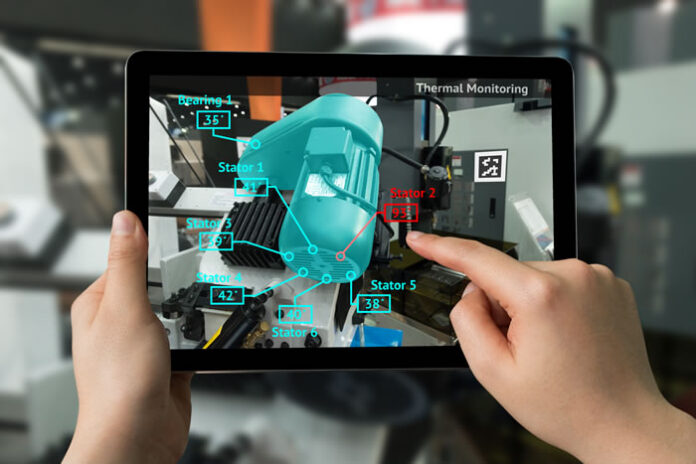For B2B sales professionals, as for employees across a vast swath of roles, the COVID-19 pandemic brought an abrupt halt to business as usual. One year on, it’s clearer than ever that even after the pandemic ends, there will be no return to the pre-COVID status quo. So what will the future of work look like for sales professionals?
As live meetings and demos give way to a new normal of videoconferencing and virtual interactions, the challenges and opportunities of this shift are coming into sharper relief. And while it’s clear that generic video chats and stale Power Point presentations simply won’t suffice to seal the deal, B2B sales professionals can achieve success by embracing a digital-first sales strategy that incorporates the best of both analog interactions and cutting-edge technologies.
Here’s why virtual sales aren’t going anywhere – and how salespeople can maximize efficiency and productivity in this new normal.
Future of Work
When the pandemic reared its head in early 2020, businesses were forced to make an overnight switch to virtual calls and videoconferencing – and while this allowed for some continuity of business, many salespeople found remote engagement a struggle compared to traditional, in-person interactions.
Indeed, a May 2020 survey conducted by Corporate Visions revealed that 70% of salespeople believed that remote selling was less effective than in-person selling. But while sales professionals expressed fears that virtual modes of engagement were limiting the kinds of meaningful interactions that help close deals, B2B decision-makers have actually found much to like in the new sales landscape. Research by McKinsey & Company found that 70% to 80% preferred remote interactions or digital self-service, with decision-makers citing simple scheduling, travel savings, and pandemic-era safety as some of the biggest selling points of going virtual.
This may suggest that sales professionals don’t have as much to fear from the new virtual normal as they thought – but that doesn’t mean that their concerns about limited engagement and barriers to effective communication are entirely unfounded. The answer isn’t to throw the digital baby out with the virtual bathwater, however. It’s to replicate the in-person experience with a mix of powerful digital capabilities and smart adaptation to new media.
A New Kind of Virtual Experience
A quality virtual sales journey is about much more than a compelling webinar, virtual meeting, or telephone call. Done right, virtual selling can actually mark an improvement over in-person engagement.
Consider technologies like augmented reality and virtual reality, which can empower customers to visualize and test products for their intended use cases in captivating and immersive ways. Or take data analytics, which sales teams can harness to analyze past sales interactions, gauge what worked, and finetune what didn’t. This is what sales professionals have been doing in some form or another since the profession began – but combining analytics and professionals’ natural intuition and understanding makes for an even more effective approach. This will be the future of work.
Beyond leveraging sales platforms that employ innovative technologies and analytical capabilities, teams should also find ways of making remote interactions as warm and engaging as possible. Kicking things off with some small talk brings a human touch, helping establish a natural trust and rapport that can overcome the challenges associated with virtual meetings. Taking short break from PowerPoint slides to ask questions or share an apt anecdote can keep audiences focused and interested. Indeed, vivid storytelling and animated language can go a long way toward combating dreaded Zoom fatigue and demonstrating that when customers do business with a company, they’re not just consuming a product or service; they’re also investing in a meaningful relationship with a partner who understands their pain points, needs, and goals inside and out.
An additional advantage presented by the virtual format: It’s easier to include a team of salespeople, rather than just one professional, on each call. Different team members can pitch in and take over calls to share visual content and relate information pertaining to their respective areas of expertise, making for richer presentations.
Meeting the Moment
Understandably, many sales teams are still mulling how they’ll navigate virtual selling going forward. When the pandemic began more than a year ago, it was easy to see the shift to digital platforms as a temporary solution to a crisis whose length nobody knew with any certainty. At this stage, though, with people having grown used to living more of their lives and doing more business online, there’s no doubt that successful teams – even those that resume in-person selling – will need to integrate virtual selling into their long-term strategies. With the right capabilities, the right mindset, and the right partners, sales pros can unlock new successes with virtual technology in this new future of work.















